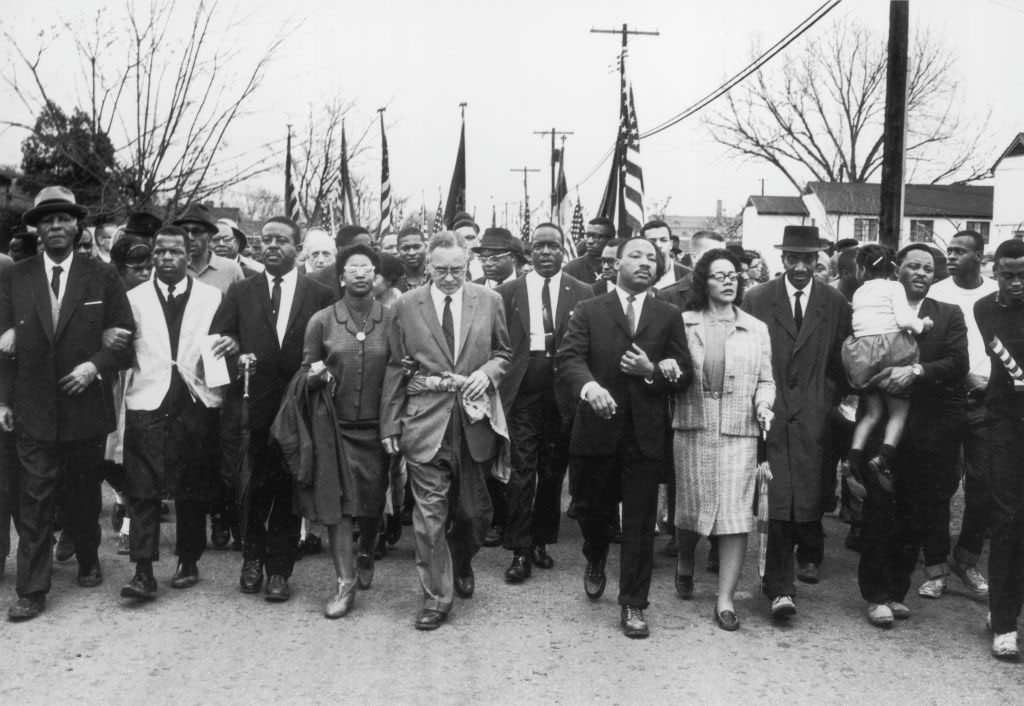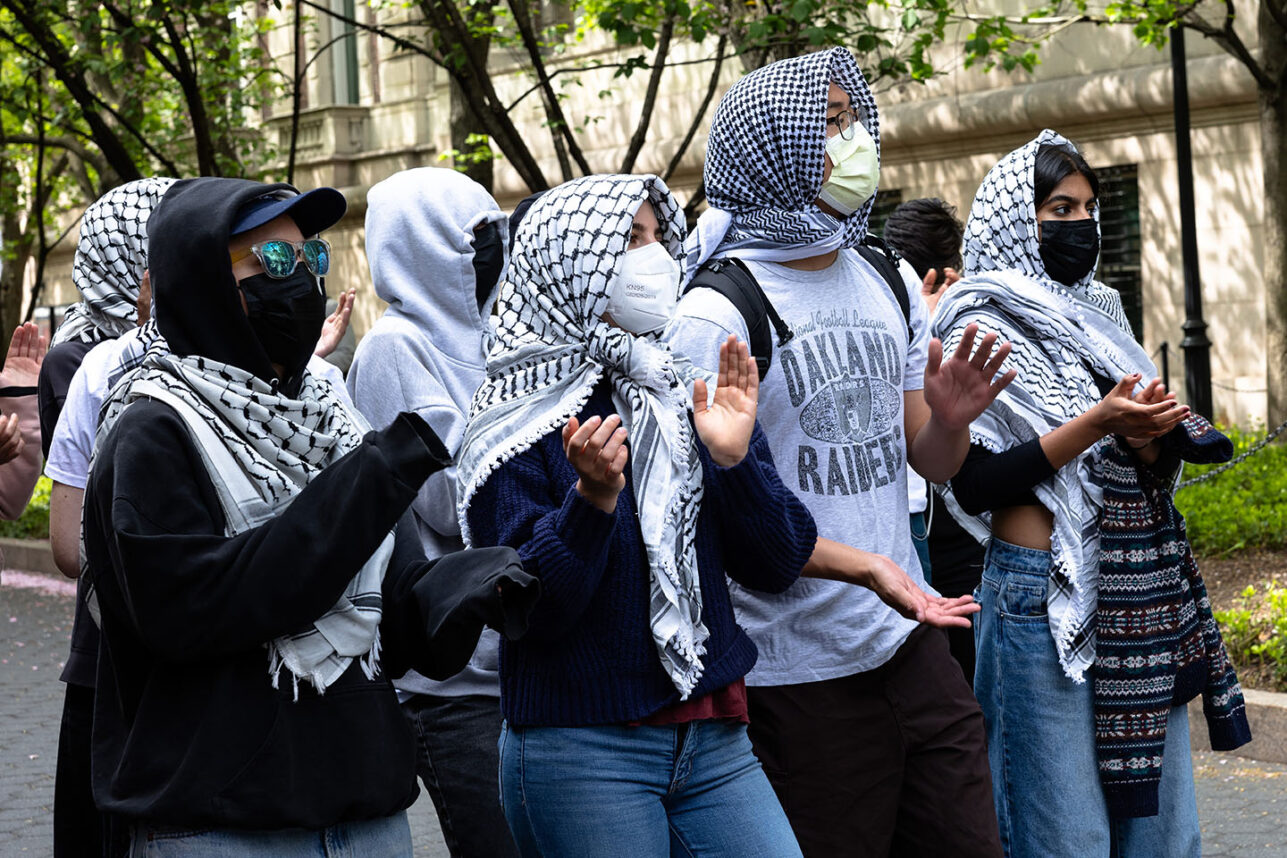Several people huddle around the Shtibl Minyan’s scarf-covered bima, rolling the Torah scroll to the day’s special maftir. There is some down time threatening to break the momentum, so Rachel Sheer grabs someone’s child to balance on her hip as she circles the room urging others to join her in a niggun, a catchy, wordless melody.
It’s not too difficult to get a niggun going in the Shtibl Minyan. After all, that is why the Shtibl Minyan, with between 20 and 60 people every Shabbat, was founded more than a year ago.
“There was a group of people who wanted a place to daven that had Chasidic davening and was egalitarian in a community that was politically committed and Jewishly learned, and saw all those things as being tied together,” said Aryeh Cohen, a professor of rabbinic literature at the University of Judaism, who founded the minyan.
The first minyan in January 2000 drew 40 people to the rented room in the Workmen’s Circle building on Robertson Boulevard, just south of Pico Boulevard. The next week saw 60 people. The numbers — way beyond anyone’s expectations — proved something that Cohen had long felt: There were many like him who were looking for a spirited, traditional and egalitarian service in a community dedicated to social action and Torah study.
The Shtibl Minyan is one of a few small traditional egalitarian prayer groups that have emerged in the mostly Orthodox Pico-Robertson area during the past few years. The Shivyon Minyan meets once a month at a local hotel, and a small Friday night service meets at someone’s home. Most recently, the Neshama Minyan, which like the Shtibl Minyan uses the tunes and style of the late Reb Shlomo Carlebach, started to meet Friday nights at Temple Beth Am last November and now has 80 to 90 people every week.
Daniel Greyber, a University of Judaism rabbinic student who founded the Neshama Minyan, believes there is a growing group that is looking for the “passion and spirituality of the Carlebach minyanim, but who want an egalitarian setting where they don’t feel like they are compromising their principles, where they feel like everybody is participating fully in the experience,” said Greyber, who is a rabbinic intern at Temple Beth Am.
The Shtibl Minyan is entirely lay led, with a core group of about 25. Most of the members are in their 20’s or 30’s, both singles and families.
At this young stage, the members of the Shtibl Minyan are able to mold the ambience and content to their desires.
For instance, it was important to founders that children not be sequestered in another room, so they are able to float freely between the A Shenere Velt Gallery where the minyan meets and the library adjacent to it, where a rotation of parents keeps an eye on the kids.
“It’s a place that my daughter really likes,” Sarah Lansill said of 4-year-old Hannah. “Sometimes I like a more quiet, meditative experience, but it’s more important for me to have a place where I can daven with my family and where Hannah sees adults engaged in prayer,” added Lansill, who also davens at Metivta: A Center for Contemplative Judaism.
Like many other children who attend, Hannah joins in for the songs and dances.
And the singing is plentiful. Members take turns leading the davening in the Carlebach style, which leaves ample room for spontaneous participation and community singing. Taking the Torah in and out of the ark is usually a 20-minute affair with dance and song.
“In most shuls, if you chant a niggun for more than one round, it’s considered inappropriate,” said Philip Shakhnis, who was among the founding members. “I wanted something where there would be freer emotional expression, where the real love of the melodies could be expressed without any sort of embarrassment.”
It is also important to Shakhnis, who like many other Shtibl members attended or still attends Temple Beth Am’s Library Minyan, that there is opportunity for a full silent amidah and that the full Torah portion is read every week.
Shtibl members are also averse to the institutional bureaucracy that stifles innovation in many big congregations.
The Shtibl Minyan has no rabbi, no building and no dues.
“We have a constantly evolving notion of what it means to belong,” Cohen said. “Our notion of what would normally be called membership includes doing things for the Shtibl — laining, davening, setting up the chairs, going to the homeless shelter to prepare food, hosting Shabbat lunch, teaching class, taking a class — that is how we define belonging.”
Cohen teaches a Talmud class and gives most of the d’var Torahs, though others are welcome to.
“There’s a real absence of theatricality and rabbi-speak that can happen in big congregations,” Lansill said.
“We’re not about a building fund. That is the last thing that any of us would ever want to put our energies into,” Shakhnis said.
He added that members would rather put their money and time into other causes, such as supporting the janitors’ strike last year, when Shtibl members brought over bagged lunches and contributed to the janitor’s living-expense funds.
Every Thursday minyaneers are at P.A.T.H. (People Assisting the Homeless), cooking and serving dinner and tutoring homeless people. They visit Briarwood Terrace convalescent hospital, and last summer they demonstrated at the Democratic National Convention.
“We see all of that as an integral part of what it means to be a davening and learning community,” Cohen said.
Even the art gallery where the minyan meets happens to be decorated with an art installation about homeless people.
“The partnership with the Workmen’s Circle has been wonderful,” Cohen said, “though the irony of a Chasidic minyan meeting at a an organization founded by anti-religious socialists is not lost on anyone.”
The small room with the checkered floor also has the haimish, informal quality that gives the minyan the intimacy of a shtibl — one of the small shuls that populated Eastern European villages.
While too much growth isn’t a problem yet, Cohen said he’d like to see the minyan stay small. In fact, he said, he’d rather see spin-off minyanim than a bloated Shtibl Minyan.
Minyan members seem to agree, treasuring the ambience a small group allows.
“There is a feeling in the room that happens when people are really engaged in prayer,” Lansill said. “And that happens there.”
The Shtibl Minyan meets Saturdays at 9:15 a.m. at the
Workmen’s Circle, 1525 S. Robertson Blvd. For more information on the Shtibl
Minyan, visit www.shtibl.com or e-mail aryeh@shtibl.com .
The Neshama Minyan meets Friday evenings at Temple Beth
Am, 1039 S. La Cienega Ave. Through the summer mincha is at 5:45 p.m., Kabbalat
Shabbat and maariv 6-7:15 p.m. For more information call (310) 652-7353 or
e-mail dgreyber@yahoo.com .






















 More news and opinions than at a Shabbat dinner, right in your inbox.
More news and opinions than at a Shabbat dinner, right in your inbox.